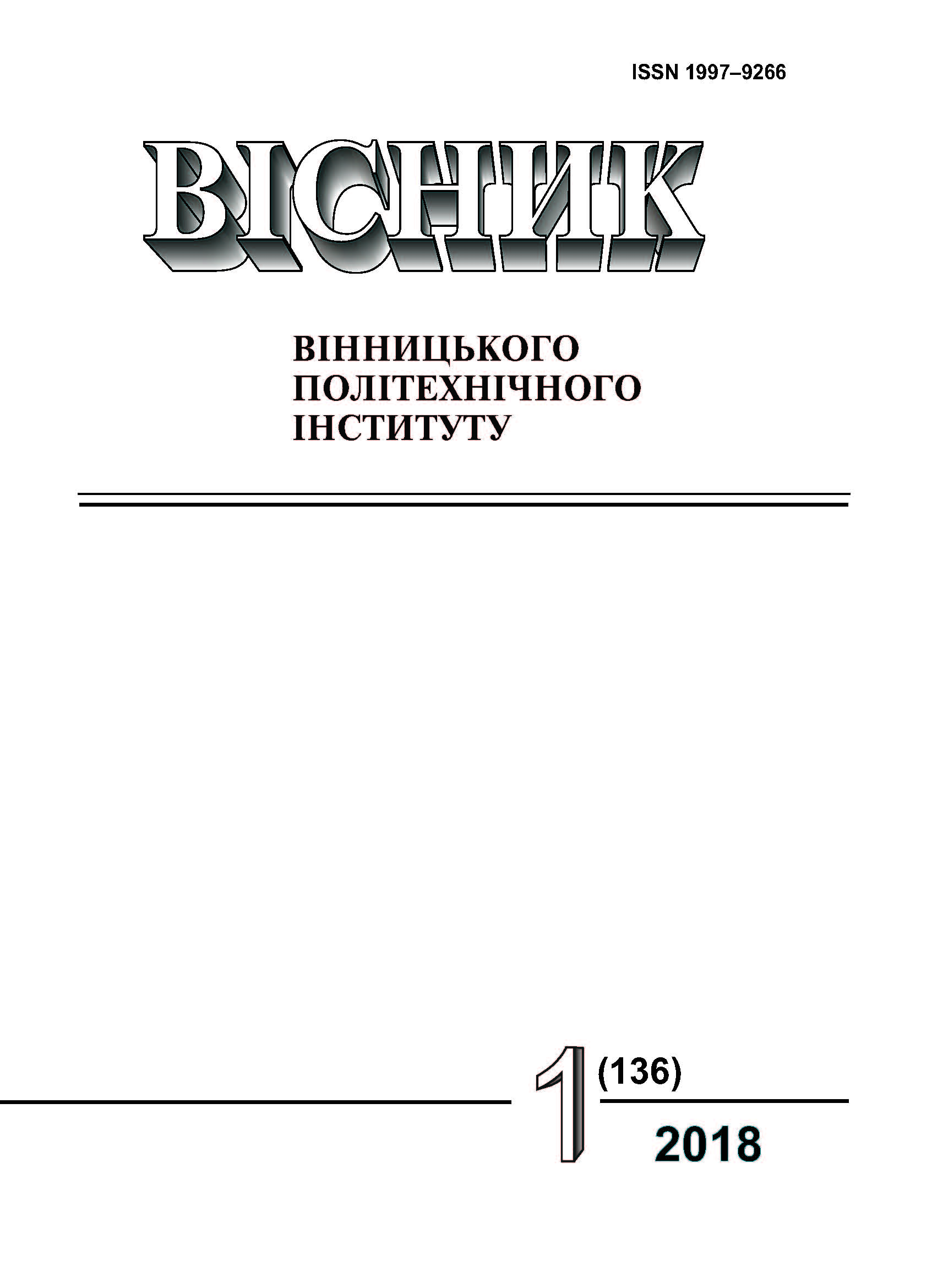Local Heat Exchange of Dense Layer of Bulk Material with Cylinder in the Absence and Presence of Vibration
Keywords:
heat transfer, vibration, heat transfer coefficient, vibration parameters, layer velocityAbstract
Experimental studies have been carried out to determine the local heat transfer coefficients of a transversely streamlined cylinder with a dense layer of bulk material in the absence and presence of vibration. The effect of vibration on the heat transfer of a cylinder with a dense layer is explained by changes in the nature of the flow around the cylinder. This effect is more significant in areas where the movement is slow and there is more thermal resistance. It is established that the effect of vibration on the heat transfer intensity depends substantially on the velocity of the dense layer. At low layer velocities, the flow around the perimeter improves under the influence of vibration: the dimensions of the stationary zone on the frontal part and the tearing zone in the stern are reduced, mixing of the particles improves on the side surfaces and, as a consequence, their contact time decreases. At low layer velocities, vibration provides a significant intensification of heat transfer along the entire perimeter: the maximum on the bottom surface of the cylinder, the smaller - the upper and the minimum on the lateral. At higher layer velocities, the intensification reaches a maximum value on the frontal surface, the heat transfer on the side surfaces does not improve, and in some cases deteriorates. At equatorial sections, where intensive mixing and continuous motion without vibration are observed at high layer velocity, vibration does not lead to an improvement in heat transfer. In some cases, it can even affect negatively, leading to loosening of the layer. With the growth of the layer velocity, the joint influence of inertia and vibration forces intensifies the mixing of the material of the stagnant zone, and when these forces exceed the frictional forces, it completely collapses.
References
[2] З. Р. Горбис, «Теплообмен и годродинамика дисперстных сквозных потоков», М., Россия: Энергия. 1970.
[3] C. С. Титар, Системи енергопостачання промислових підприємств. Одеса: АТ БАХВА, 2002, 356 с.
[4] В. П. Исаченко, В. А. Осипова, и А.С. Сукомёл, Теплопередача. М., Россия: Энергия, 1975, 423 с.
Downloads
-
PDF (Українська)
Downloads: 105
Published
How to Cite
Issue
Section
License
Authors who publish with this journal agree to the following terms:
- Authors retain copyright and grant the journal right of first publication.
- Authors are able to enter into separate, additional contractual arrangements for the non-exclusive distribution of the journal's published version of the work (e.g., post it to an institutional repository or publish it in a book), with an acknowledgment of its initial publication in this journal.
- Authors are permitted and encouraged to post their work online (e.g., in institutional repositories or on their website) prior to and during the submission process, as it can lead to productive exchanges, as well as earlier and greater citation of published work (See The Effect of Open Access).





